In uncertain economic times, Canadians are increasingly drawn to investments that preserve wealth while still generating steady returns. While high-risk ventures can promise big gains, they also bring sleepless nights. For many, the smarter path is balancing growth with security, like choosing assets that weather downturns and provide reliable income. Here are 20 low-risk investments Canadians are turning to right now:
High-Interest Savings Accounts (HISAs)

High-interest savings accounts have become a cornerstone of low-risk investing for Canadians. With rates higher than traditional savings accounts and government-backed deposit insurance, HISAs provide a safe place to park cash while still earning a return. They’re liquid, flexible, and ideal for emergency funds or short-term savings goals. Many online banks are offering competitive rates that rival riskier products, making them increasingly attractive for cautious investors. For Canadians wary of market volatility, HISAs strike the right balance between safety, accessibility, and growth potential.
Guaranteed Investment Certificates (GICs)

GICs remain a tried-and-true choice for Canadians seeking guaranteed returns with virtually no risk. Investors deposit money for a fixed term, typically six months to five years, and receive a predetermined interest rate. The guarantee comes from both the financial institution and federal deposit insurance. While GICs generally offer modest returns, they provide certainty and predictability in a world of fluctuating markets. Many Canadians are now laddering GICs, staggering maturity dates, to maintain liquidity while still capturing higher long-term rates.
Government Bonds
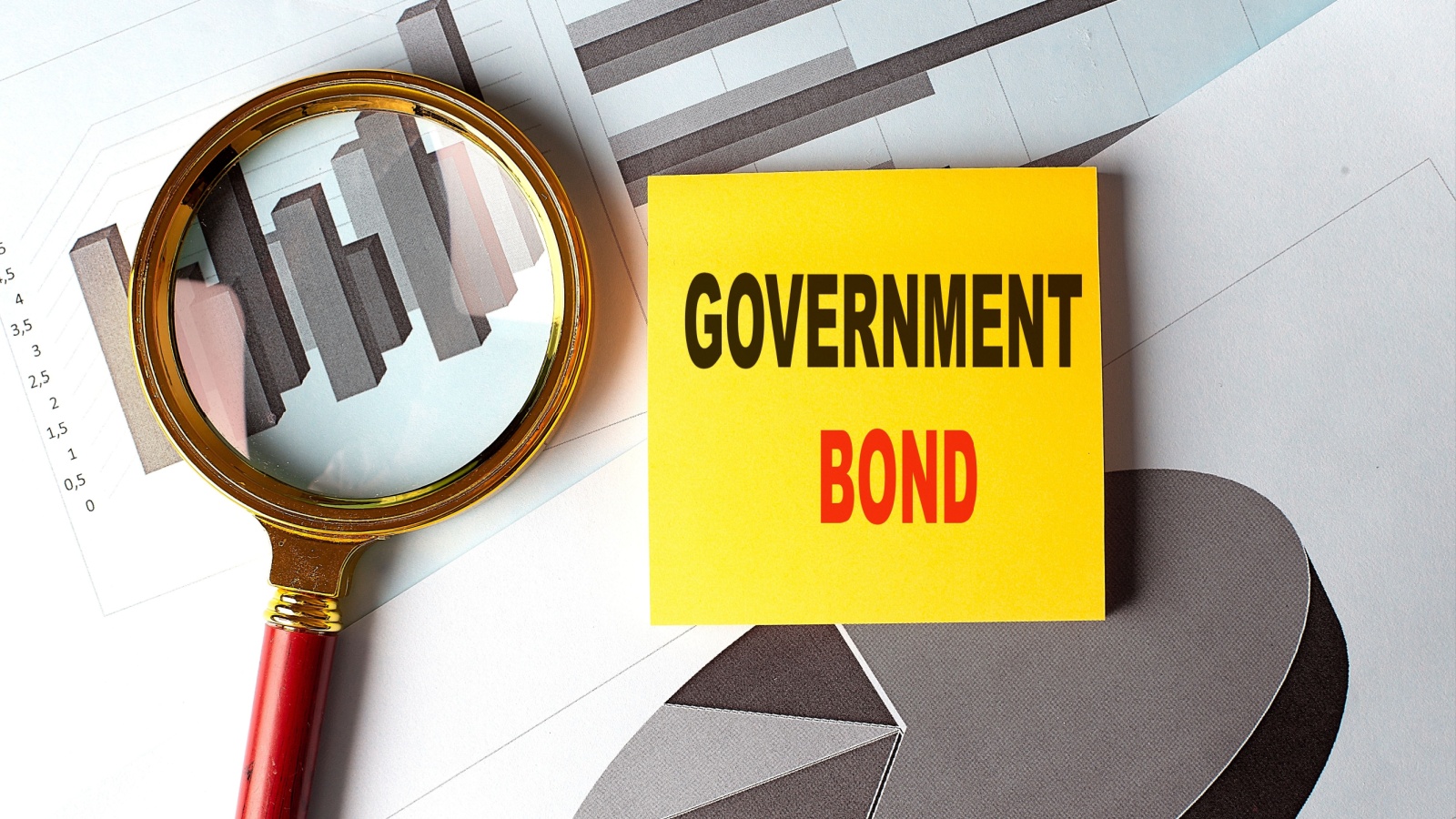
Canadian government bonds offer unparalleled security, backed by the federal government’s ability to repay. They provide steady, predictable interest payments and are considered one of the lowest-risk investments available. Investors can choose from short- or long-term bonds, depending on their goals. While yields are modest compared to equities, the safety of government backing makes them attractive during uncertain times, and provincial and municipal bonds also provide opportunities, often with slightly higher yields. For Canadians seeking stability in their portfolios, government bonds remain a rock-solid option, balancing security with consistent income streams.
Dividend-Paying Blue-Chip Stocks

While stocks carry inherent risk, dividend-paying blue-chip companies are often considered among the safest equity investments. These are established firms, often in sectors like banking, utilities, and telecom, that have long histories of stable earnings and consistent dividend payouts. For Canadians, banks like RBC or utilities such as Fortis offer reliable income alongside long-term growth potential. Dividends help cushion against market downturns, providing steady cash flow even in volatile conditions. For investors comfortable with moderate equity exposure, blue-chip dividend stocks are a proven way to grow wealth steadily without excessive risk.
Exchange-Traded Funds (ETFs) Focused on Bonds

Bond ETFs are gaining popularity among Canadians looking for low-risk, diversified exposure to fixed income. These funds bundle a wide range of government and corporate bonds, spreading out risk while providing stable returns. Unlike buying individual bonds, ETFs offer liquidity, allowing investors to trade shares daily, and they also simplify access to global fixed-income markets. For Canadians seeking a dependable income without the complexity of bond selection, bond ETFs are a practical choice. They provide steady yields, lower volatility than equities, and act as a portfolio stabilizer during turbulent economic times.
Index Funds
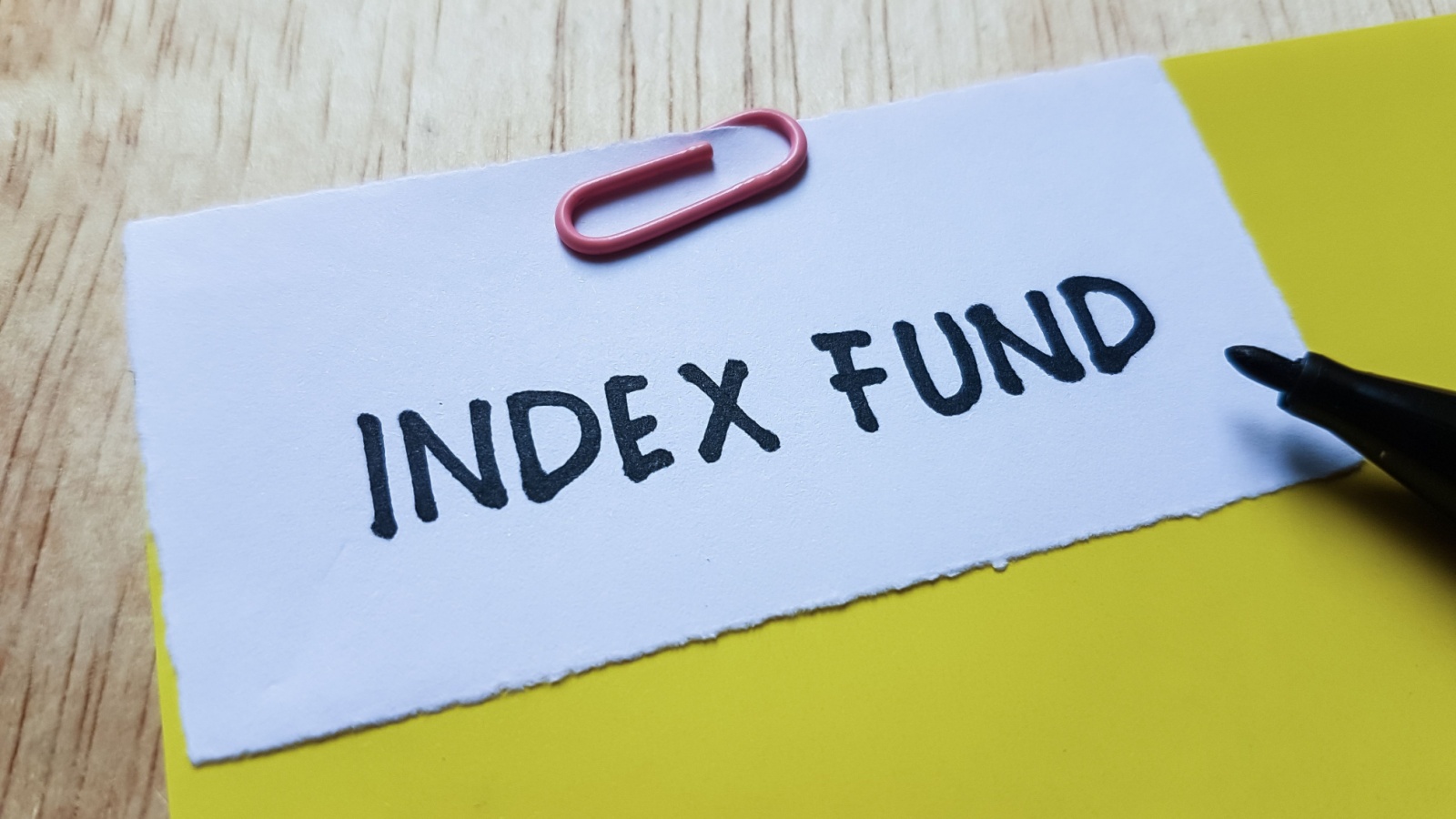
Index funds provide Canadians with a simple, low-cost way to invest in the broader market while minimizing risk. By tracking a market index such as the S&P/TSX Composite, these funds spread investments across hundreds of companies, reducing exposure to any single firm’s performance. Their passive nature means lower fees, which significantly boost long-term returns, and while they still carry some market risk, index funds have historically delivered consistent growth over time. For Canadians focused on steady wealth-building rather than speculation, index funds strike an appealing balance of diversification, affordability, and reliability.
Real Estate Investment Trusts (REITs)

REITs allow Canadians to invest in income-generating real estate without the hassle of owning property directly. These trusts pool money from investors to purchase and manage commercial, residential, or industrial real estate, distributing profits as dividends. Many REITs focus on stable sectors like apartments or healthcare facilities, which continue to perform in various economic cycles, and they offer a way to diversify portfolios while generating passive income. For Canadians seeking exposure to real estate without the risks of leverage or direct ownership, REITs offer a low-barrier, relatively safe investment path.
Corporate Bonds (Investment Grade)

Investment-grade corporate bonds offer Canadians a middle ground between safety and higher returns. Issued by financially strong companies, these bonds provide regular interest payments with relatively low default risk. Yields are typically higher than government bonds, making them appealing for income-focused investors, while sectors like banking, utilities, and telecommunications often provide reliable issuers. For Canadians seeking predictable cash flow without venturing into volatile equities, corporate bonds offer a secure way to diversify portfolios. Although they are not risk-free, they remain a dependable option for cautious investors.
Preferred Shares

Preferred shares combine elements of both stocks and bonds, making them a unique low-risk investment for Canadians. They pay fixed dividends, often at higher rates than common stocks, and take priority over regular shareholders in the event of liquidation. While preferred shares don’t usually appreciate as much as common stock, their stability and income potential make them attractive in uncertain markets. For Canadians prioritizing steady returns over high growth, preferred shares offer a balanced solution. They provide reliable dividend income while still allowing exposure to corporate performance with less volatility.
Money Market Funds

Money market funds provide Canadians with a low-risk way to earn interest on short-term, highly liquid securities like Treasury bills. These funds are designed to maintain stability, making them ideal for investors looking to preserve capital while keeping funds accessible. The returns are modest but typically outpace traditional savings accounts, and many Canadians use them as a parking spot for cash they may need in the near future while still earning returns. For conservative investors or those preparing for larger purchases, money market funds provide safety, liquidity, and predictable returns.
Tax-Free Savings Accounts (TFSAs)
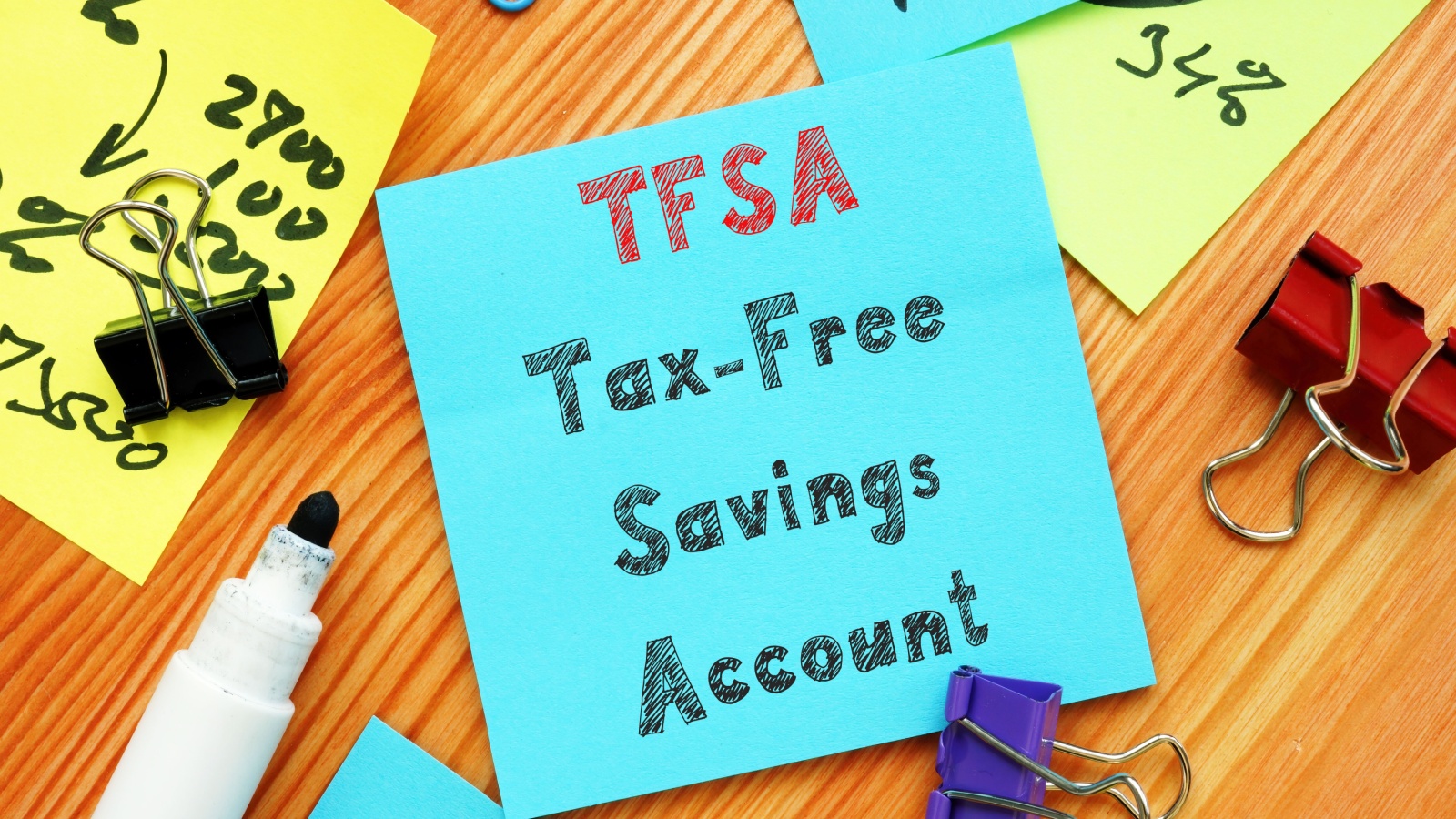
While technically an account rather than an investment, TFSAs are a crucial low-risk tool for Canadians. They allow investors to hold a range of secure assets, like GICs, bonds, or ETFs, while shielding all growth and withdrawals from taxes, which makes them ideal for compounding returns safely over time. Canadians are increasingly using TFSAs not just for short-term savings but as a long-term wealth-building vehicle, and with the contribution room expanding annually, they offer flexibility and tax efficiency unmatched by other accounts.
RRSPs with Conservative Portfolios

Registered Retirement Savings Plans (RRSPs) remain one of the most effective low-risk vehicles for Canadians planning their futures. When paired with conservative portfolios, emphasizing bonds, GICs, and dividend stocks, they provide both tax advantages and financial stability. Contributions reduce taxable income, while investments grow tax-deferred until withdrawal, which makes RRSPs particularly powerful for Canadians seeking steady growth with minimal risk. For those prioritizing retirement security without chasing speculative gains, RRSPs with low-volatility assets remain one of the safest and most dependable investment strategies available.
Utility Stocks
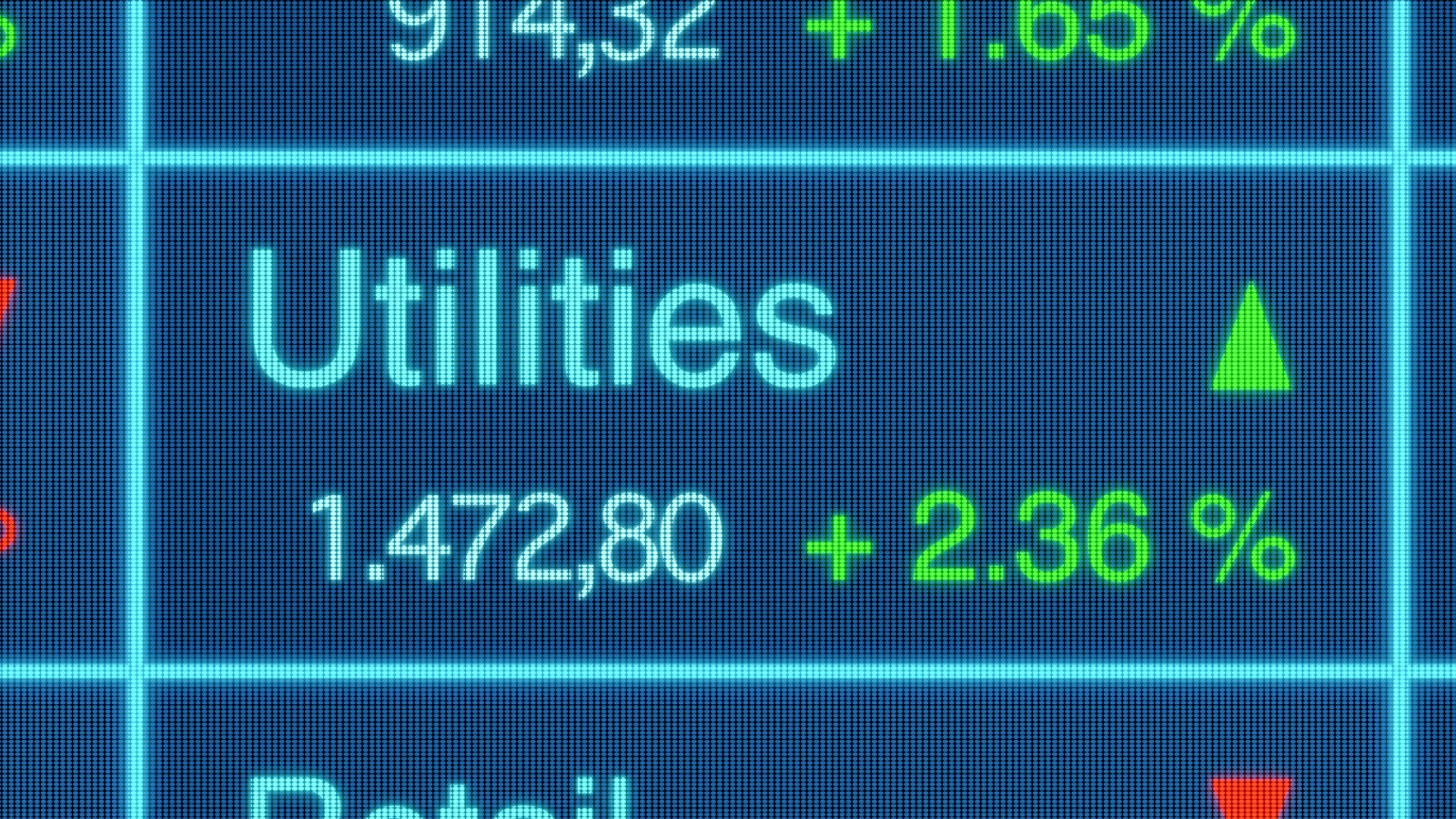
Utility companies are known for their stability and reliable dividends, making them a popular low-risk equity option for Canadians. These firms, supplying electricity, water, and natural gas, operate in essential industries with consistent demand, even during economic downturns. Utilities like Fortis and Hydro One are household names among conservative investors seeking dependable returns. While growth may be slower compared to tech or cyclical sectors, the trade-off is resilience and income security.
Inflation-Protected Bonds (Real Return Bonds)

Inflation-protected bonds, or Real Return Bonds, are gaining traction among Canadians worried about rising living costs. Issued by the federal government, these bonds adjust both principal and interest payments to match inflation, preserving purchasing power. This makes them particularly valuable in volatile economic environments. While returns may be lower than traditional bonds in low-inflation times, their ability to protect against erosion of value makes them a unique safeguard.
Credit Union Term Deposits

Many Canadians are turning to credit unions for secure investment products like term deposits. Similar to GICs, these deposits offer guaranteed returns over a fixed term, often with competitive rates compared to big banks, and they are also insured, giving investors confidence that their money is safe. Credit unions’ community focus and customer-first approach make them attractive to Canadians who prefer local financial institutions.
Stable Value Funds
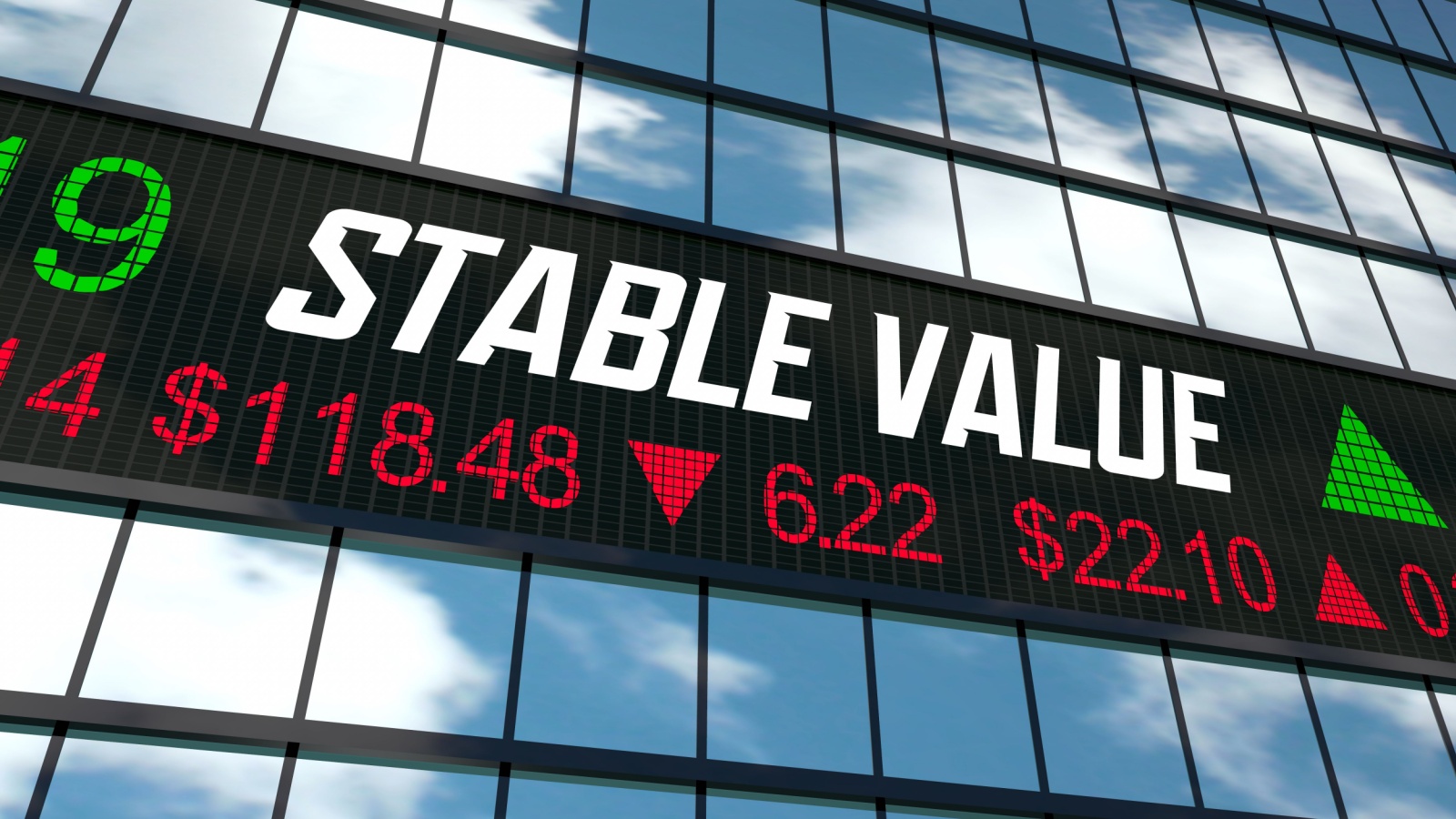
Stable value funds are a lesser-known option in Canada but are gaining interest for their low-risk, steady returns. These funds invest in high-quality fixed-income securities, often paired with insurance guarantees that protect against losses. They are designed to preserve capital while delivering bond-like returns, making them popular in retirement accounts. For Canadians who prioritize capital protection above all else, stable value funds provide peace of mind without the volatility of equities.
Peer-to-Peer Lending (with Strong Safeguards)

Peer-to-peer lending platforms allow Canadians to earn interest by lending directly to individuals or businesses, bypassing banks. While not risk-free, platforms with strong safeguards, such as borrower vetting and insurance, have made this an increasingly viable low-risk option. Returns often outpace traditional savings products, and investors can spread their funds across multiple loans to minimize exposure. Peer-to-peer lending also offers an innovative way to generate consistent income while supporting local borrowers and entrepreneurs.
Balanced Funds with Conservative Allocation

Balanced funds that lean toward conservative allocations, typically 60% bonds and 40% equities, provide Canadians with a diversified, low-risk way to grow wealth. These funds automatically balance exposure between growth and stability, reducing the need for hands-on management. They are ideal for investors who want exposure to markets but can’t stomach the swings of aggressive portfolios. Over time, balanced funds have shown consistent performance while protecting against downturns.
Short-Term Treasury Bills

Treasury bills, or T-bills, are among the safest investments Canadians can make. Backed by the federal government, they’re short-term securities, usually under a year, that guarantee repayment at maturity. Investors buy them at a discount and are paid full face value at term’s end, ensuring a predictable return. While yields are modest, the combination of safety, liquidity, and simplicity makes T-bills ideal for conservative investors or those seeking a secure place to park cash temporarily.
Employer-Sponsored Pension Plans

Employer-sponsored pension plans continue to be a bedrock of financial security for many Canadians. These plans provide guaranteed retirement income, often supplemented by employer contributions that instantly boost returns. With defined benefit pensions, retirees enjoy predictable payments for life, insulating them from market volatility, while even defined contribution plans, when conservatively invested, offer steady, tax-advantaged growth. For Canadians fortunate enough to have access, employer pensions are one of the most reliable, low-risk ways to build long-term wealth.
21 Products Canadians Should Stockpile Before Tariffs Hit

If trade tensions escalate between Canada and the U.S., everyday essentials can suddenly disappear or skyrocket in price. Products like pantry basics and tech must-haves that depend on are deeply tied to cross-border supply chains and are likely to face various kinds of disruptions
21 Products Canadians Should Stockpile Before Tariffs Hit
